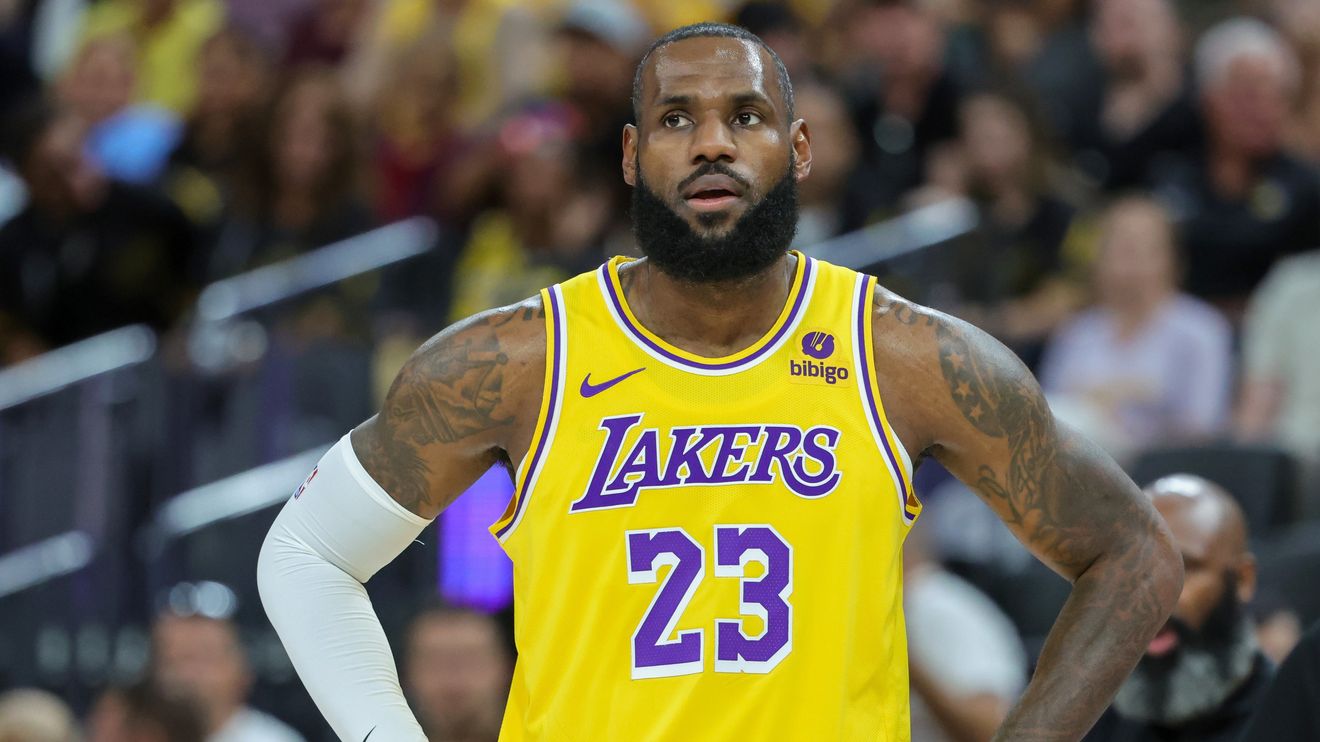People are still willing to pay for fun.
The National Basketball Association season tips off next week and ticket sales are up 60% compared with this time last year, according to data from ticketing giant StubHub provided to MarketWatch. This is part of a growing trend by consumers who are willing to spend a lot of money on experiences.
“It’s hard to pinpoint one specific factor, but I would say across live events as a whole, we certainly have seen cross-border travel for live events increase and rebound to a higher point than when it was pre-pandemic,” StubHub spokesperson Adam Budelli said.
Here are the teams that fans want tickets to see the most, according to StubHub:
- Los Angeles Lakers
- New York Knicks
- Boston Celtics
- Toronto Raptors
- Golden State Warriors
- Milwaukee Bucks
- Miami Heat
- Phoenix Suns
- Los Angeles Clippers
- Chicago Bulls
The NBA has also increasingly become must-see TV for international audiences. In the 2022 season, global subscriptions of the NBA’s League Pass product, which allows fans to watch every game with some restrictions, was up over 30%.
Some of that interest may be related to many of the best players in the NBA coming from countries other than the U.S. — the last five MVP awards have been won by Nikola Jokić (Serbia), Giannis Antetokounmpo (Greece), and Joel Embiid (Cameroon).
This year the NBA also welcomed San Antonio Spurs big man Victor Wembanyama from France. He was the No. 1 pick in the most recent NBA draft and he’s seen as the best prospect since LeBron James. The 19-year-old, 7-foot-5 Frenchmen — who goes by “Wemby” — could provide an over $80 million a year financial windfall for the Spurs.
See also: These 10 college athletes are making over $1 million a year from NIL
Higher demand often leads to higher prices. According to TicketIQ data provided to MarketWatch, the average resale price for a ticket to an NBA game in 2023 is $215, compared with $206 in 2022. The NFL and MLB also saw over 20% bumps in year-over-year resale ticket prices.
Americans spent $36 billion on in-person sporting events in August, compared with $29 billion the year before, according to the latest Bureau of Economic Analysis data.
It’s become a trend for consumers to prioritize their spending on experiences rather than items of late.
The concept, known as “funflation,” refers to the boom in consumer spending on entertainment and experiences, with the high demand running up the cost of enjoying those experiences. Pop culture icons like Taylor Swift and Beyoncé are leading the way with their coveted global tours. Beyoncé’s “Renaissance World Tour” is expected to generate $560 million in revenue, while Swift’s Eras Tour could be the first to gross more than $1 billion in revenue, according to estimates.
The shift to people spending more money on experiences than material goods or products in the wake of the COVID-19 pandemic has had many names, including “revenge travel” or the “you only live once,” aka “yolo” economy.
U.S. consumers have remained resilient in the wake of high inflation, high interest rates and the resumption of federal student loan payments. Overall, U.S. retail spending has increased for the last five consecutive months, but most of the increase is tied to higher gasoline prices.
Read on: Michael Jordan is now worth $3 billion. Here’s what billionaire athletes have in common.
Read the full article here












